For years, travel has been dominated by seasoned jet-setters and tech-savvy explorers. But now, thanks to AI, there’s a blue ocean of potential travelers who want to explore the world but have been held back by language barriers, confusing systems, or plain old fear of the unknown. Could AI change all that?
I’ve yet to set foot in New Zealand, and it’s something I’ve been yearning for after visiting almost 40 countries. So, let’s walk through a typical trip to New Zealand, pretending we are Japanese and don’t know much English, and see how AI could make our travel even possible.
Promoting a Destination
Before we even think about traveling to NZ, something needs to trigger that globetrotting appetite of ours. AI can help tourism boards create localized ads. Let’s imagine the NZ tourism authority decided to use some free AI tools to generate posters to promote its destination in the Japanese language. I used this prompt – Generate a promotional A4 poster in Japanese language to attract Japanese to visit New Zealand. Include pictures of majestic landscapes and Maori carvings. Use the text “息をのむような絶景と豊かなマオリ文化、忘れられない冒険が待つ国、ニュージーランドへ” in the poster. The Japanese text was written by ChatGPT via the prompt “Describe New Zealand in one sentence in Japanese for a promotional tourism poster.” Below are the inferred results.
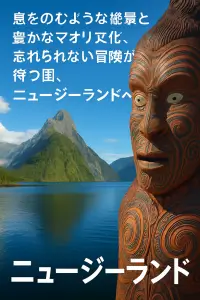
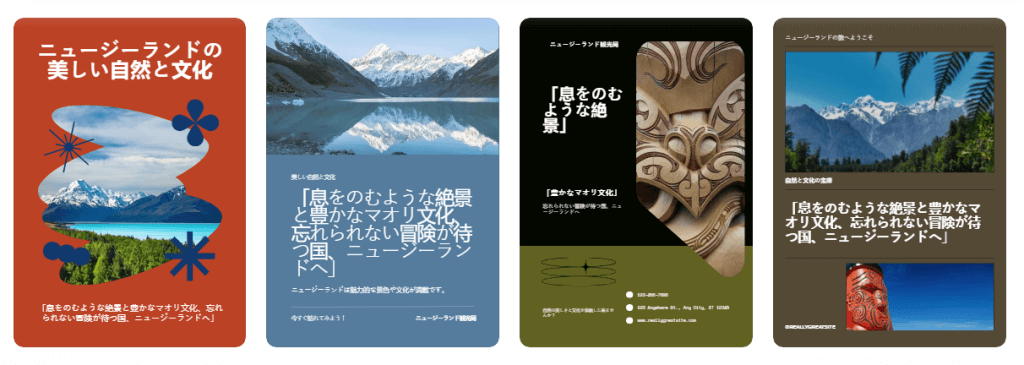
So, the text in the posters needs to be corrected, and that is what Canva excels in. The designs generated by Canva can be easily edited on their online editor.
It’s apparent that today’s AI tools can help enhance the promotional aspect of tourism. It could go further by generating travelers’ personas, social media content, or even video clips.
If we are sold by the poster we see above, the next step would be for us to book a flight to New Zealand.
Booking a Flight and Hotel
There isn’t much AI needs to do at this stage. Numerous OTAs (online travel agents) like Booking.com or Expedia are already multilingual, particularly in Japanese. However, AI-powered booking engines can offer smart recommendations, and AI chat assistants today can speak many languages, including Japanese. If we type in, “12月10日から15日までニュージーランドに行きたいです” which means “I want to go to New Zealand from December 10-15”, the chat assistant can handle the rest, confirming everything in your language.
Now, let’s assume we took off from Narita International Airport on a flight with Japanese-speaking cabin crew. They usually do. Let’s take a long 10-hour break until we land at Auckland Airport.
At Airport Immigration Clearance
So, we have landed at Auckland Airport, New Zealand. But airports can be intimidating. Firstly, we need to fill in the New Zealand Traveller Declaration (NZTD) form and it’s not in Japanese. Well, let’s use Google Translate to do its job.
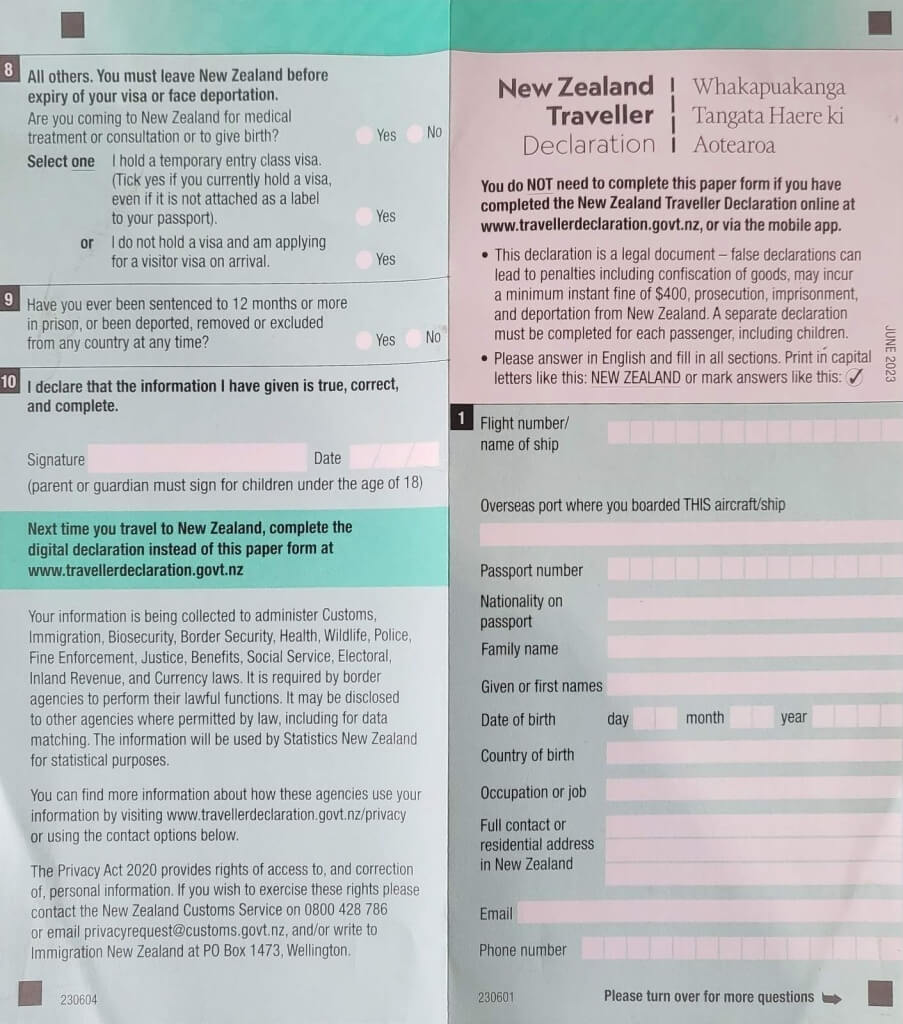
Here comes the dreadful part – waiting for immigration clearance. Will the officer ask questions that we don’t understand?
Now, imagine walking up to an immigration officer and they need to talk to us. So, they ask us to scan a QR code with our mobile phone. It opens our web browser to access the BiiB AI messaging web app. The officer talks in English on their phone, and the app instantly translates their question into our language on our phone. We answer back in our language using the same app. No awkward silence. No panic. Just smooth communication, powered by AI. Phew, we just dodged an immigration bullet. What’s next?
Hailing a Taxi
We step outside the airport, and we launch our Uber app in Japanese. The rest is history. Or what if we don’t wish to use Uber? How do we tell the taxi driver where we’re going? Apparently, drivers in New Zealand could also use the BiiB app. They flash their phone with a QR code for us to scan.
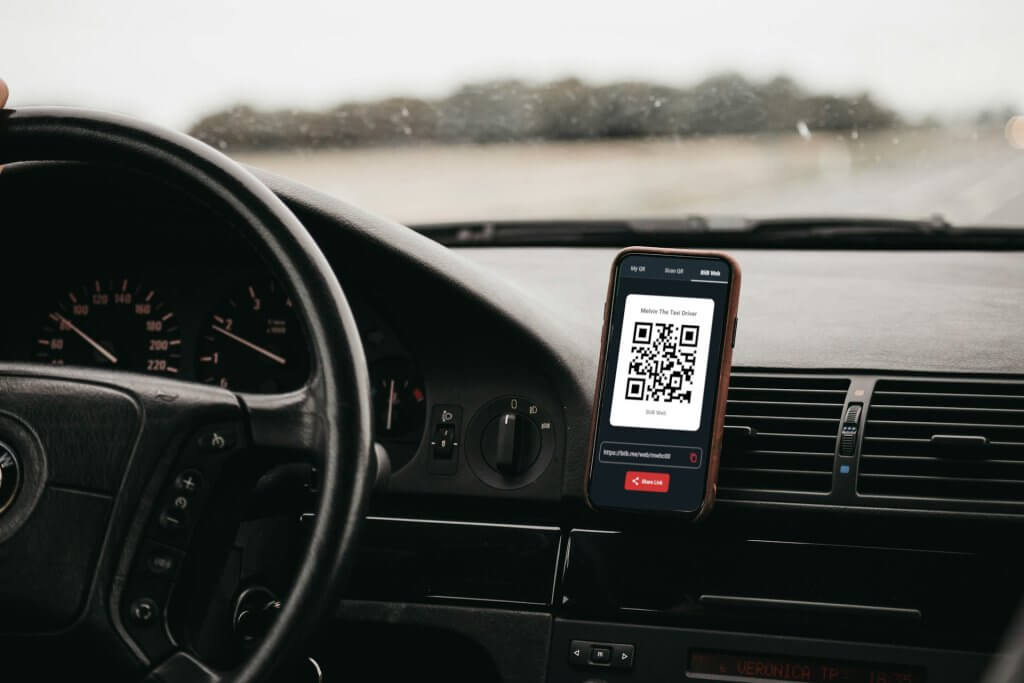
We tell the app where our hotel is in Japanese, and the app automatically translates to English for the driver. No passing the phone around. We just communicate like we are using WhatsApp. Our lives are saved again by AI.
Checking Into Hotel
Let’s assume we are staying in Lord’s Hotel and they don’t have a Japanese-speaking staff. No worries, we just hope they use Google Translate or the BiiB app. As always, we scan their QR code to chat on BiiB, or they could scan ours if we installed it on our phone.
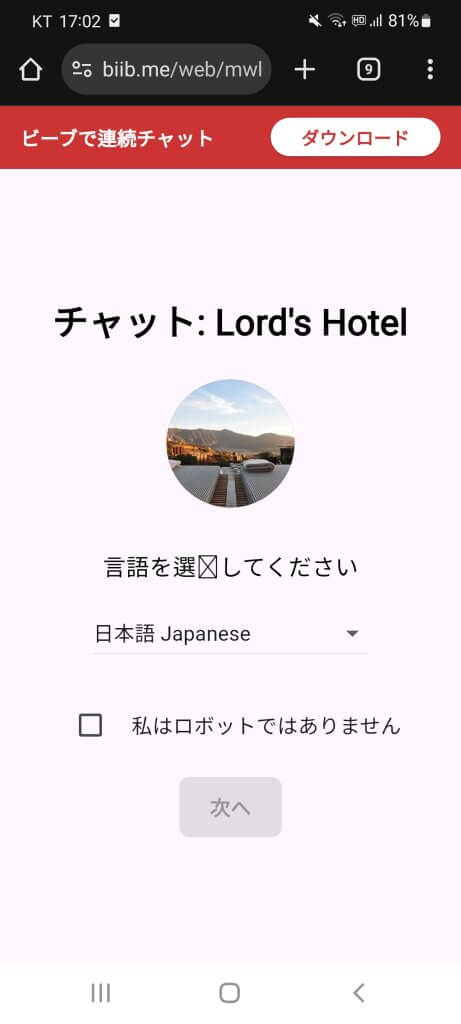
Filling in the check-in form is a breeze, since the hotel staff picked up our details from my reservation info from the OTA we used.
Now, let’s hit the room!
Ordering a Meal
Shall we call for room service? If we have the hotel’s BiiB web link, then we can just open the link on our browser and request for room service.
The hotel can even have a dedicated link that directs me to their room service department. We can make our orders and charge them to your room. Presto!
Joining a Local Tour
Multilingual tour groups can be hard to find. But AI has changed that. We found a local tour guide who only speaks their native English language. She speaks to her phone running the BiiB app, and each traveler hears the translated version in real time, spoken aloud on the app. Like a personal audio tour, but live. The AI translation engine is so accurate that it could understand many of the terms the guide is saying. Everyone stays together, engaged, and informed—no matter what language they speak. In our case, we are listening in Japanese – live!
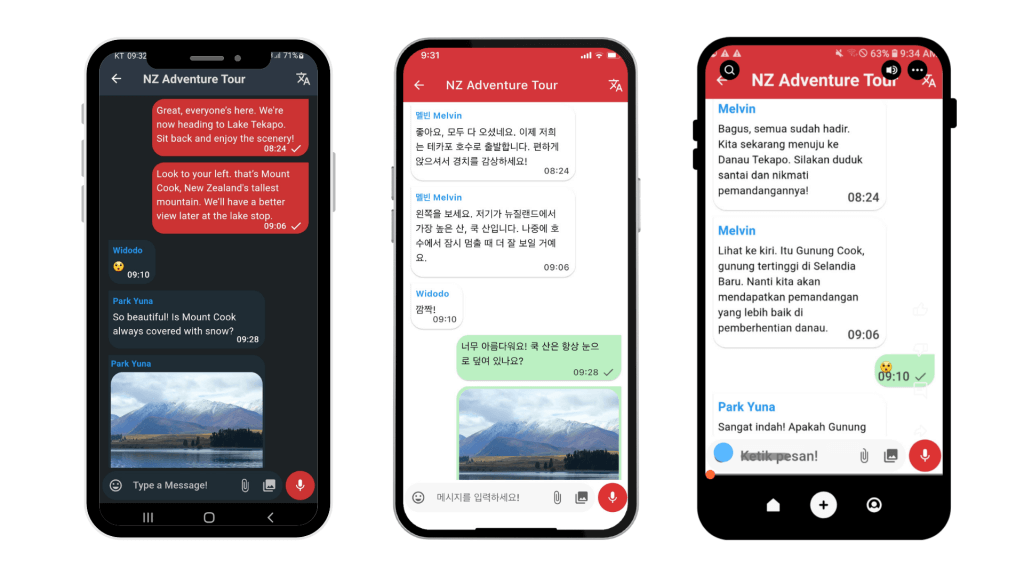
Final Thoughts
AI is unlocking travel for millions who never thought it was possible. It’s not just about convenience, it’s about inclusion. By breaking down barriers that used to limit international travel to a small, privileged group, AI is creating a blue ocean of global travellers.
